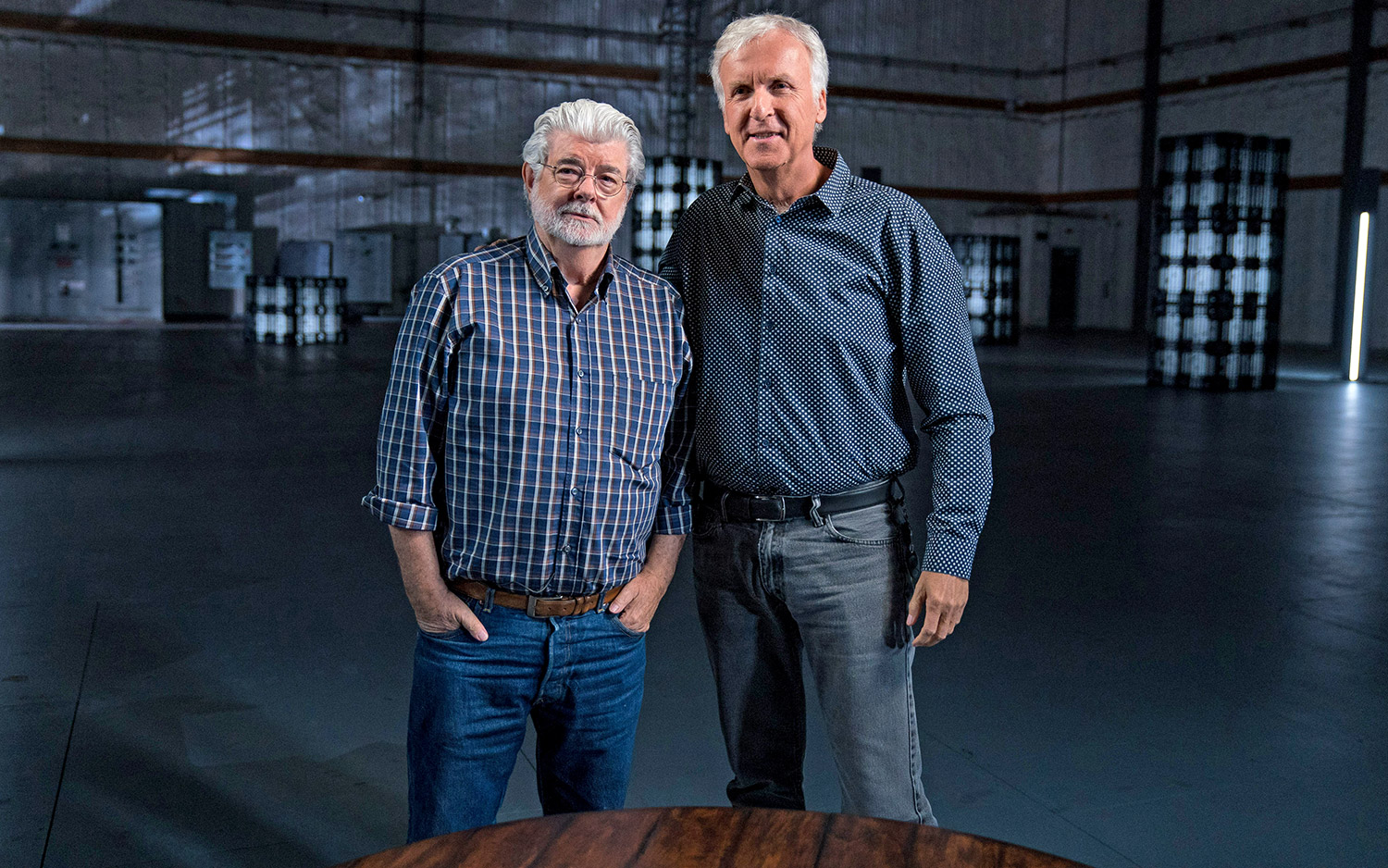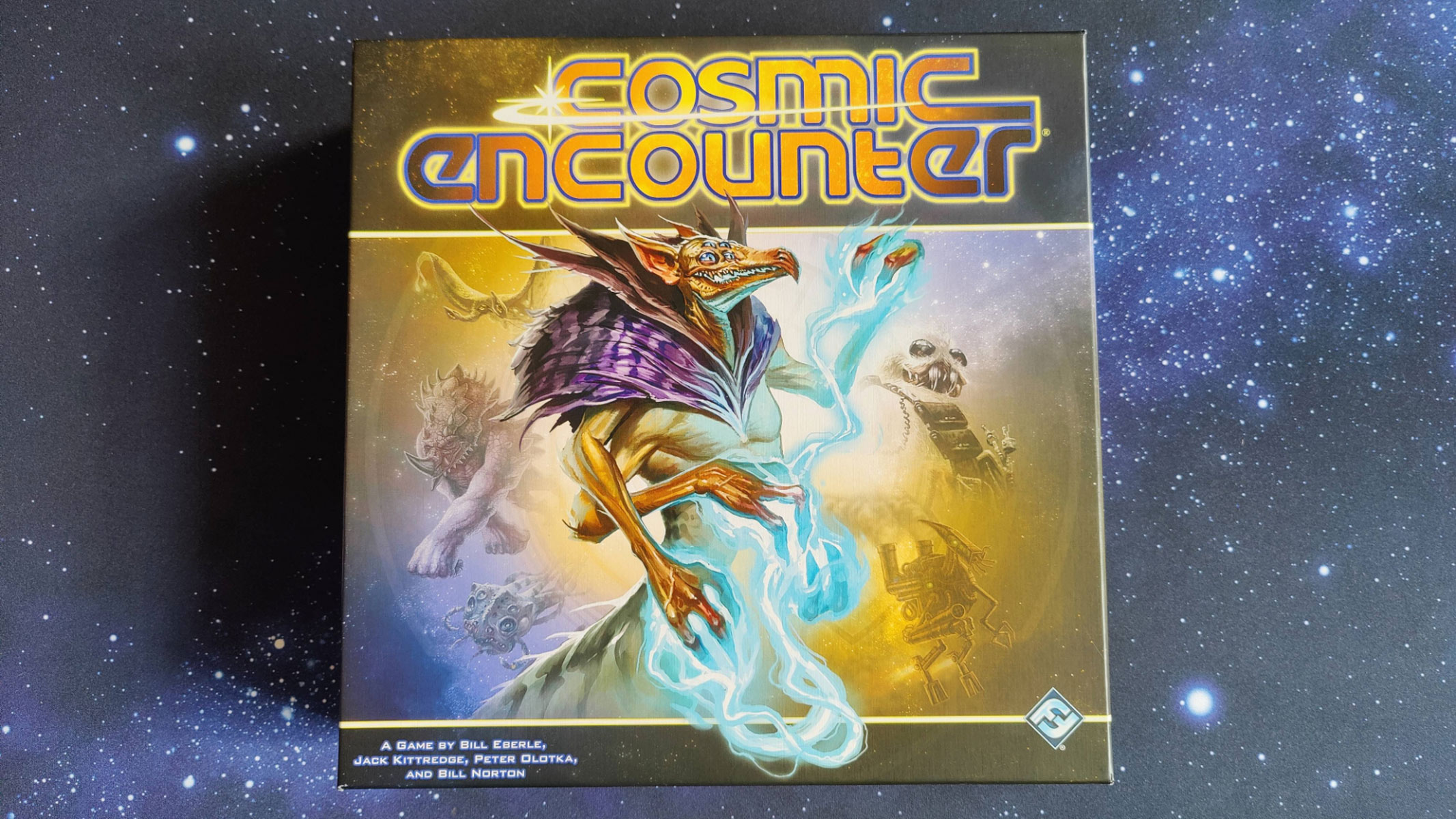
Engage Warp Drive! Why Interstellar Travel's Harder Than It Looks
How hard is it to hop to the nearest star system or soar across the galaxy? A typical "Star Trek" or "Star Wars" movie makes it look easy. When the heroes get a distant distress call, they use "warp drive" or "hyperdrive" and arrive at their destination within minutes or hours. If we got the right propulsion, would it be possible for us to voyage that quickly in real life?
Almost 50 years ago, humans were walking on the moon. But we stopped going in 1972 and never ventured any farther, except by sending robotic probes. Humans have never gone to Jupiter, as the book and movie "2001: A Space Odyssey" promised us, or even to Mars. What is it that makes travel far away so difficult? Besides the obvious human health concerns (living in microgravity tends to weaken a body over time) and budgetary issues, there are vast technological problems with traveling to faraway places. Space exploration will be covered in "AMC Visionaries: James Cameron's Story of Science Fiction," which runs its second episode tonight (May 7).
While experts are working on interstellar travel concepts, they warn that our expectations of instantaneous travel are probably too high. "The problem with most of the science fiction faster-than-light travel is [that] it makes a tremendously difficult thing seem as if it's very easy," warned Geoffrey Landis, a NASA scientist and science fiction author who has worked on the problem of interstellar propulsion. [Gallery: Visions of Interstellar Starship Travel]

Accelerating a spacecraft with pure energy would take a lot of propulsion, not to mention that you would eventually run into a speed limit. According to physics laid down by& Albert Einstein's general theory of relativity a century ago, as an object approaches the speed of light, its mass reaches infinity. So, in other words, a spacecraft couldn't physically go as fast as light.
Some science fiction stories (such as the 1962 children's book "A Wrinkle in Time," which was recently released as a film in theaters) use wormholes to get around the problems with instant travel. But wormholes also have issues. It's hard to figure out how to get enough mass in one place to create one, although black holes are a leading candidate. Then there are the problems of figuring out how to hold wormholes open and how to safely traverse them.
And whether you travel near the speed of light or use a wormhole, you would likely run into the phenomenon of time dilation. As a spacecraft moves at speeds approaching that of light, occupants would age at a slower rate than their friends and family back home, Einstein's theory of special relativity shows. So, people on a long voyage may return to find their loved ones greatly aged, or dead.
Even astronauts on the International Space Station experience the effects of time dilation (to a much smaller extent) upon returning to Earth. This happened to astronaut Scott Kelly after he spent nearly a year in space between 2015 and 2016. When he came home, his age gap over his twin, Mark Kelly, had increased by 5 milliseconds.
Real-life interstellar travel
Interstellar travel is still possible, but as far as we know, the best option is to think fairly local for now. The nearest star system to us is Alpha Centauri. In 2016, scientists discovered an Earth-size planet in the habitable zone of one of Alpha Centauri's stars, a red dwarf called Proxima Centauri. (There's debate about whether Proxima Centauri's stellar activity has too much radiation for life to exist on its planet, but the jury is still out on that.)
Alpha Centauri is close enough to be intriguing: just about four years away if you travel at the speed of light. But at slower speeds, it's still pretty far. If the Voyager 2 spacecraft (which launched in 1977 and breached interstellar space in 2012) had gone in that direction, it wouldn't reach Alpha Centauri for another 75,000 years. We'll need a quicker solution.
Back in 1998, one of Landis' interstellar concepts was funded by NASA's Innovative Advanced Concepts (NIAC) program; NIAC examines far-out ideas for space exploration that may not be used for decades. In essence, Landis' proposal suggested using lasers to push a spacecraft equipped with sails, building on ideas published by physicist Robert Forward in 1984. The concept was later picked up by the Breakthrough Starshot group, which in 2016 announced that it hopes to eventually send mini-spacecraft to Alpha Centauri.
Landis said his idea would work for people, but unless you made the spacecraft very small (as Breakthrough proposes doing), you would not get to Alpha Centauri quickly. It's only if you "send a very small probe," he told Space.com, "that you could make it smaller and faster, and perhaps get to the nearest star in something less than a lifetime."
NIAC continues to fund interstellar studies, as it did in 2017 when it awarded a Phase 1 grant to Heidi Fearn at the Space Studies Institute in Mojave, California. The type of interstellar spacecraft propulsion studied in this grant might use Mach effects to move across the universe. The term "Mach effects" refers to how the rest masses of objects vary as they accelerate, with changes occurring to their internal energies.
Other interstellar ideas
Of course, lasers aren't the only solution to getting somewhere far away, and fast. Back in 1958, General Atomics' Ted Taylor and physicist Freeman Dyson of Princeton University worked on an initiative called Project Orion, which would use atomic bomb explosions to propel a spacecraft. But Landis cautioned that the Orion proposal would need between 300,000 and 30 million hydrogen bombs. "That's a pretty hard ship to do," he remarked.
Nuclear power, however, remains a popular thought experiment for space travel. In the 1950s, a joint NASA/U.S. Atomic Energy Commission program called Nuclear Engine for Rocket Vehicle Application (NERVA) examined nuclear fission (splitting atoms) as a means of traveling around the solar system. Research continues in the field. Last week, NASA and the Department of Energy's National Nuclear Security Administration released the results of a demonstration called Kilopower Reactor Using Stirling Technology (KRUSTY). Their system showed that nuclear fission could be used for going to solar system destinations, such as the moon or Mars.
Nuclear fusion (fusing atoms) is another possibility; a 2012 NIAC proposal by the University of Washington's John Slough examined a fusion rocket for getting to Mars or other destinations quickly. The British Interplanetary Society (BIS) also examined fusion in the 1970s, in an initiative called Project Daedalus. And the BIS project was, in turn, picked up by Icarus Interstellar, which is aiming to design a starship by the year 2100 that could use fusion technologies. The caveat is that current fusion reactor systems are inefficient, requiring more energy input than they actually output.
"We can create fusion bombs at least and have made progress at fusion reactors," Richard Obousy, a director and former president of Icarus Interstellar, told Space.com. "It's not beyond the realm of possibilities in a few decades, if there was a concerted effort."
Other possibilities include ion propulsion (accelerating nuclear ions with electricity, such as was done in the robotic Dawn spacecraft) or nuclear electric thrusters, which provide little thrust but are more efficient in terms of fuel usage. To move faster, one could use an antimatter engine, which would interact with normal matter to propel a ship at high speed. The challenge there is not only in generating antimatter in large quantities (something we don't yet know how to do know), but also in making sure the explosion happens when we want it to occur. After all, if antimatter and matter touch, they annihilate each other instantly, releasing tremendous energy.
There's also the brute-force method of employing a chemical rocket: the types of rockets that routinely launch from Earth today, using fuel such as liquid oxygen and liquid hydrogen. A spacecraft could use enough propulsion to get to 10 percent the speed of light. That's not all that fast by celestial terms, but it's enough to get moving at a reasonable pace.
But as Obousy said, a single-stage rocket would require more mass than exists in the known universe. "This can be mitigated with multiple stages, but it gives you an idea as to why going the speed of light is an unrealistic option for chemical rockets," he added.
New horizons
Additionally, scientists would be glad to study the interstellar medium (the gas and dust that lie in between stars), and the public would appreciate close-up pictures of distant worlds, he said.
"I don't think we can ever underestimate something as tremendous as taking a picture of a planet in another solar system up close," Obousy said, "and then of course, which is more exciting, there are astrobiological studies. As far as we know, we are the only life in the universe, but I think the idea that there could be life on other worlds is certainly quite tantalizing, and I think people are interested."
Landis said that if there's one lesson from exploring space, it's that the universe is "weirder than we thought." Observations of exoplanets done with the Kepler Space Telescope, for example, have revealed solar systems wildly unlike our own. Some have "hot Jupiters," or huge gas-giant planets orbiting close to their parent stars. Other solar systems may have "super-Earths," or rocky worlds that are between the size of Earth and Neptune. So, this makes it harder to predict what people may encounter as they look at faraway places, Landis said.
"There are all sorts of things that we never imagined," he said. "So, the first thing we'd discover if we solve the problems and go out and start exploring other planets is they are strange beyond what we can believe."
This story was inspired by Episode 2 of "AMC Visionaries: James Cameron's Story of Science Fiction," which airs tonight at 10 p.m. EDT/PDT (9 p.m. CDT). A companion book is available on Amazon.com.
Follow us @Spacedotcom, Facebook or Google+. Originally published on Space.com.
Join our Space Forums to keep talking space on the latest missions, night sky and more! And if you have a news tip, correction or comment, let us know at: community@space.com.
Get the Space.com Newsletter
Breaking space news, the latest updates on rocket launches, skywatching events and more!

Elizabeth Howell (she/her), Ph.D., was a staff writer in the spaceflight channel between 2022 and 2024 specializing in Canadian space news. She was contributing writer for Space.com for 10 years from 2012 to 2024. Elizabeth's reporting includes multiple exclusives with the White House, leading world coverage about a lost-and-found space tomato on the International Space Station, witnessing five human spaceflight launches on two continents, flying parabolic, working inside a spacesuit, and participating in a simulated Mars mission. Her latest book, "Why Am I Taller?" (ECW Press, 2022) is co-written with astronaut Dave Williams.
